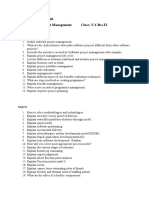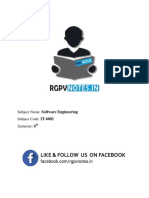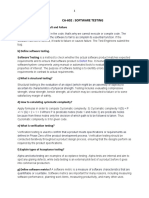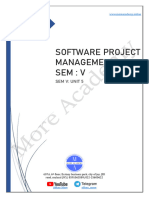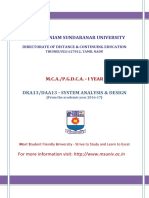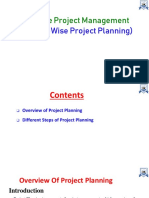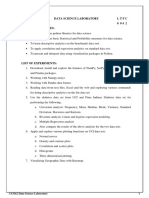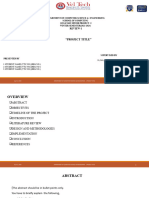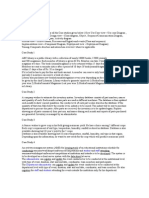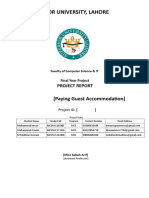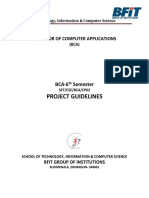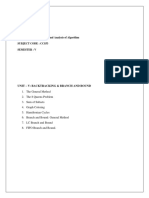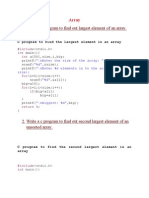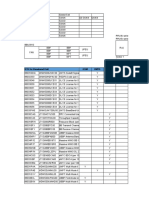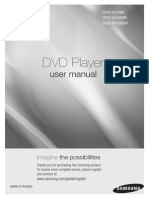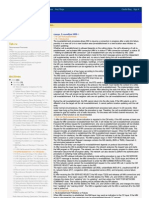100% found this document useful (1 vote)
903 views50 pagesSoftware Project Management Unit 4
This document discusses project monitoring and control. It describes establishing a framework for monitoring by regularly comparing project progress to targets. Key aspects of monitoring include: assigning responsibilities; assessing progress using metrics like earned value analysis; collecting and visualizing data through charts; prioritizing monitoring of critical activities; and processes for getting a project back on track or enacting change control when needed.
Uploaded by
Sumathy JayaramCopyright
© © All Rights Reserved
We take content rights seriously. If you suspect this is your content, claim it here.
Available Formats
Download as PPT, PDF, TXT or read online on Scribd
100% found this document useful (1 vote)
903 views50 pagesSoftware Project Management Unit 4
This document discusses project monitoring and control. It describes establishing a framework for monitoring by regularly comparing project progress to targets. Key aspects of monitoring include: assigning responsibilities; assessing progress using metrics like earned value analysis; collecting and visualizing data through charts; prioritizing monitoring of critical activities; and processes for getting a project back on track or enacting change control when needed.
Uploaded by
Sumathy JayaramCopyright
© © All Rights Reserved
We take content rights seriously. If you suspect this is your content, claim it here.
Available Formats
Download as PPT, PDF, TXT or read online on Scribd
/ 50







